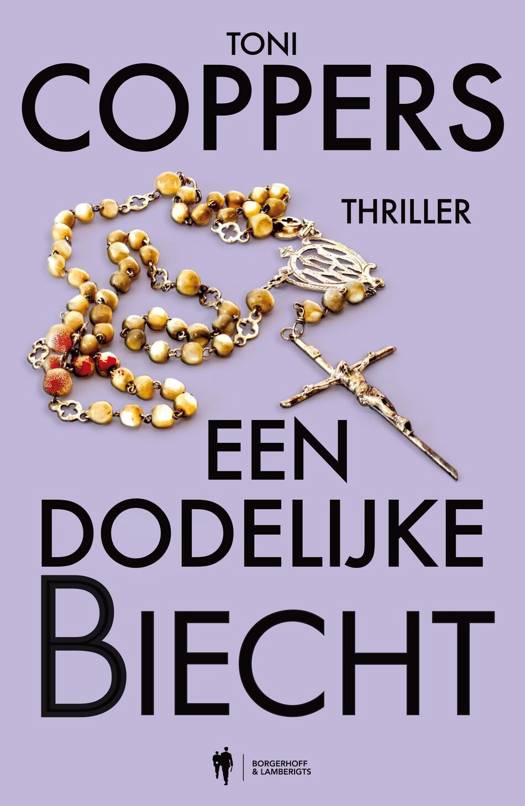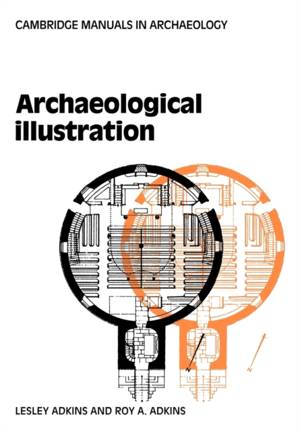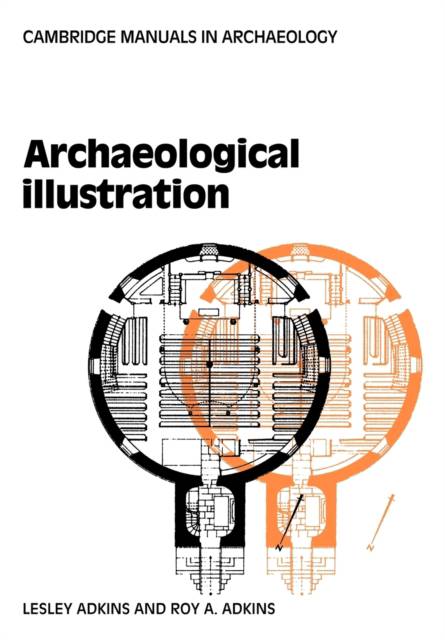
- Afhalen na 1 uur in een winkel met voorraad
- Gratis thuislevering in België vanaf € 30
- Ruim aanbod met 7 miljoen producten
- Afhalen na 1 uur in een winkel met voorraad
- Gratis thuislevering in België vanaf € 30
- Ruim aanbod met 7 miljoen producten
Zoeken
Omschrijving
This volume, originally published in 1989, is intended as a practical guide to archaeological illustration, from drawing finds in the field to technical studio drawing for publication. It is also an invaluable reference tool for the interpretation of illustrations and their status as archaeological evidence. The book's ten chapters start from first principles and guide the illustrator through the historical development of archaeological illustration and basic skills. Each chapter then deals with a different illustrative technique - drawing in the field during survey work and excavation, drawing artefacts, buildings and reconstructions, producing artwork for publication and the early uses of computer graphics. Information about appropriate equipment, as well as a guide to manufacturers, is also supplied. An obvious and important feature of Archaeological Illustration is the 120 line drawings and half-tones which show the right - and the wrong - way of producing drawings. This volume will therefore be of interest to amateur and professional archaeologists alike.
Specificaties
Betrokkenen
- Auteur(s):
- Uitgeverij:
Inhoud
- Aantal bladzijden:
- 276
- Taal:
- Engels
- Reeks:
Eigenschappen
- Productcode (EAN):
- 9780521103176
- Verschijningsdatum:
- 19/03/2009
- Uitvoering:
- Paperback
- Formaat:
- Trade paperback (VS)
- Afmetingen:
- 171 mm x 246 mm
- Gewicht:
- 467 g

Alleen bij Standaard Boekhandel
+ 161 punten op je klantenkaart van Standaard Boekhandel
Beoordelingen
We publiceren alleen reviews die voldoen aan de voorwaarden voor reviews. Bekijk onze voorwaarden voor reviews.











